PCOS test is based on the Rotterdam criteria for diagnosing PCOS.

Fertility

Trying to have children? Are you using all the ovulation apps out there, but you’re still not seeing the two vertical lines on the pregnancy test? Are you ready to learn about your ovulation cycle?
When are women most fertile? Traditionally, the days leading up to ovulation before the egg is released from the ovary. The egg survives for only 24 hours, while the sperm retains fertilizing capability for two to three days in the fallopian tubes. Don’t wait until after the female has ovulated before you have sex. This means you will have missed the opportunity for conception, and timing is everything.
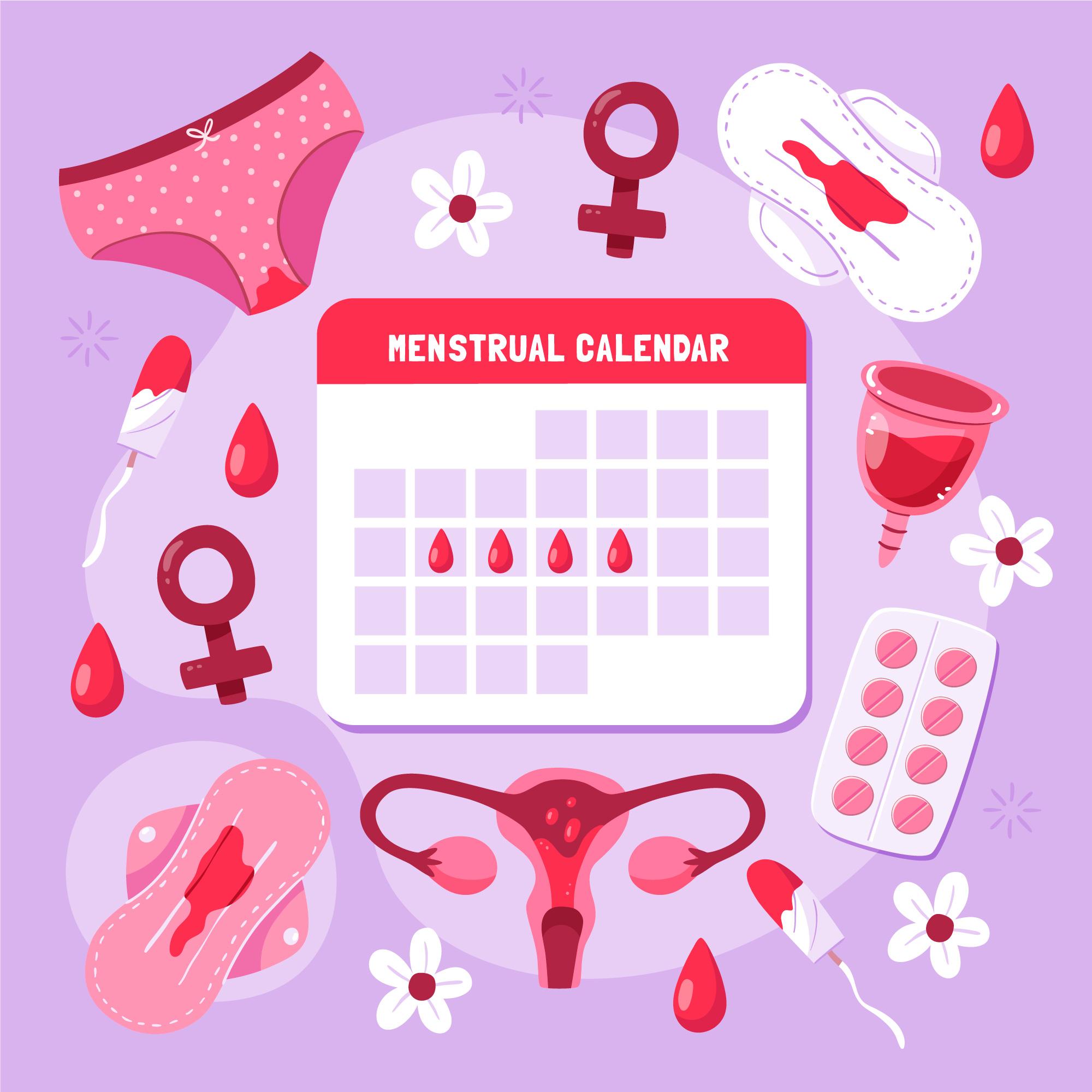
To the untrained eye, most people will assume that there is a 28-day cycle and predict Day 14-16 as the ovulation date. However, this varies from woman to woman, and the 28-day cycle can be anywhere from 28 to 35 days. To pinpoint your ovulation cycle more accurately, you should record when your next period starts. Subtract 14 days from this figure. For example, if your cycle is 30 days, your ovulation date will be around Day 16. Once again, this varies from woman to woman, so you should consider all other factors that might affect your ovulation cycle. Some health conditions that could significantly affect your ovulation cycle include polycystic ovary syndrome (PCOS), endometriosis, and hypothyroidism.
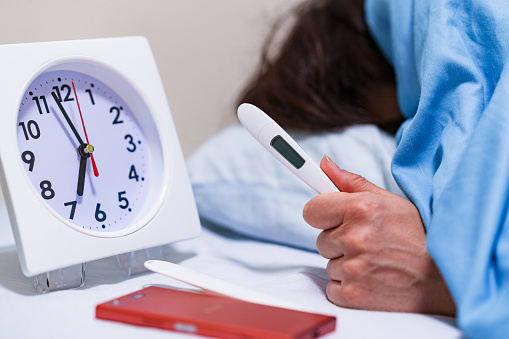
Your body temperature changes between the follicular and luteal phases. The follicular phase is defined as the first phase of the menstrual cycle or the start of bleeding during your period. This lasts for around two weeks. The luteal phase is defined as the second phase of the menstrual cycle when the follicle that holds the egg collapses and becomes the corpus luteum (or ‘yellow covering’), which produces progesterone. The luteal phase can last anywhere between 12 to 16 days.
Progesterone is a hormone that prevents the release of other eggs, thickens the uterine lining, allows a fertilized egg to implant and grow within the uterus, and changes the three main fertility signs such as temperature, cervical fluid, and the position of the cervix. One of these signs can be easily tracked and that is your basal body temperature. Just before your ovary releases an egg, your body temperature dips a wee bit. Then, 24 hours after ovulation, your temperature rises again and stays that way for several days. Before ovulation, a woman’s body temperature varies between 97°F (36.1°C) and 97.5°F (36.4°C). After ovulation, it goes up to 97.6°F (36.4°C) to 98.6°F (37°C). A basal body thermometer (BBT) should be used as it is a more accurate predictor of ovulation than a regular thermometer. It can detect temperature rises of less than 0.1°F, which can be crucial to determine whether you have ovulated or not. It can also help tell if you are pregnant long before you use a pregnancy test. It can also come in handy if you have health conditions such as PCOS, endometriosis, and hypothyroidism, which can disrupt a normal menstrual cycle (and thus cause relatively significant changes in your temperature).
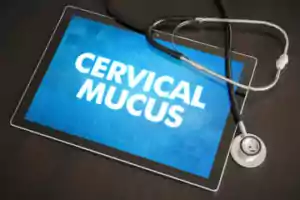
Cervical mucus can change during ovulation. Your hormones can cause cervical mucus to change in texture, volume, and color during the menstrual cycle. Before ovulation, your cervical mucus can be thick, white, and dry. Right before ovulation, it will turn clear and slippery. Clear and slippery cervical mucus makes it easier for sperm to meet up with the egg at ovulation. If you want to get pregnant, this is the perfect time to have sex. While most women will ovulate around day 14, this can vary from woman to woman due to other health factors that we have previously mentioned.
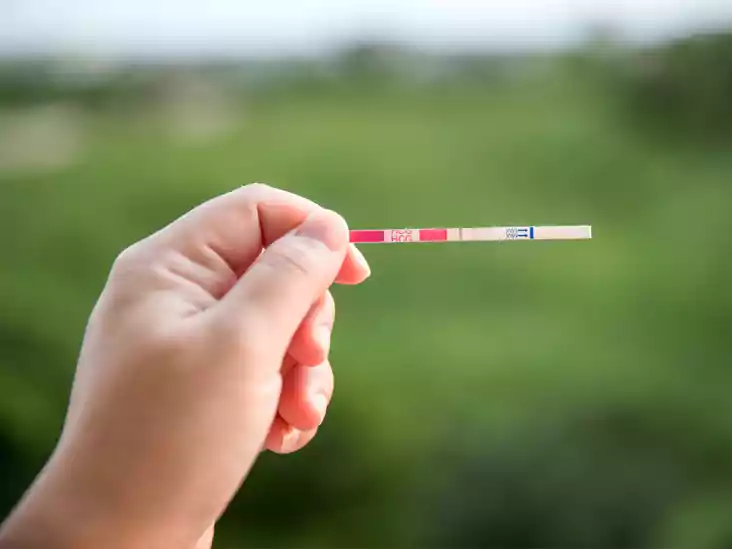
You can take the complicated guesswork out of ovulation with ovulation predictor kits (OPKs). OPKs can help you determine if you are ready for pregnancy. Luteinizing hormone (LH) is related to ovulation because the blood levels of LH can trigger ovulation within 36-40 hours. OPKs are also widely available and do not require a prescription and do not require daily commitment such as charting BBT. However, there are some shortcomings to OPKs. If you are taking fertility drugs, OPKs can become unreliable. In addition, if you are over 40, there may be variance in testing as well, especially if you are approaching menopause (although there are instances of women giving birth in their 40s, 50s, and even 60s). In addition, OPKs can be cost-prohibitive for some women—they can come at a cost of between $15 and $50 depending on the brand and the number of tests that are available. Most importantly, since OPK kits detect the surge in LH and NOT actual ovulation, they are not very accurate in predicting ovulation. In women with certain defects like Unruptured Follicle Syndrome, the LH may peak, but no egg is released. In other women with hormonal disturbances, the LH could peak several times in the period, leading to false positives in the OPK results.
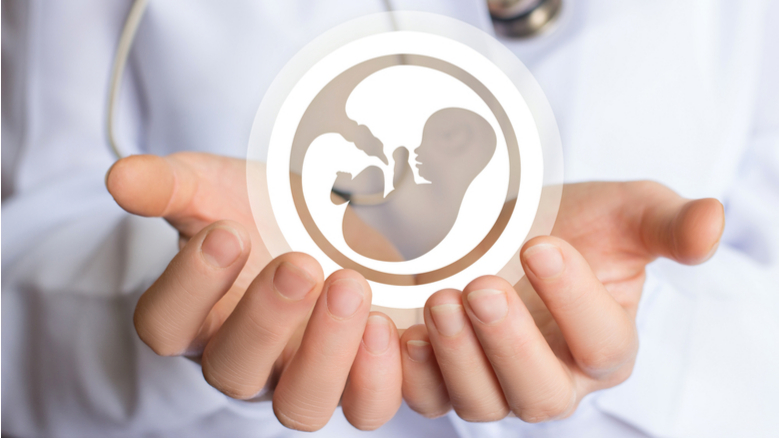
To conceive a child, three things must happen simultaneously. The woman must regularly ovulate each period, the man must have a healthy sperm count with both motility and morphology. In addition, both the woman and the man should not have any structural issues (i.e. no blocked fallopian tubes and a healthy uterus for the woman and a clear genital tract in the man). If you still cannot conceive despite meeting all of these criteria, you may need to see a specialist who can discover the root cause of your issues. These causes may be outside of the reproductive system. Sepalika can assist you with any reproductive issues you might have. You can still conceive after 35, as there are many examples of women giving birth in their 40s. It’s not too late to conceive if you utilize Sepalika and their fertility program. See how Sepalika can help you conceive a child today.